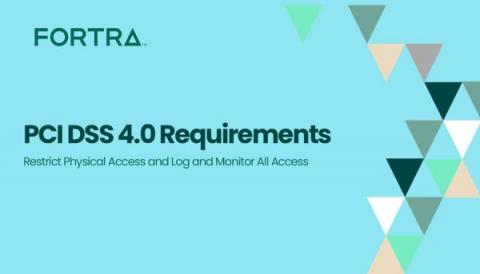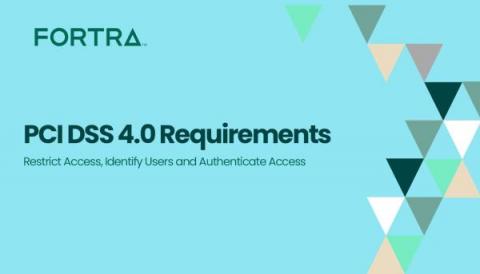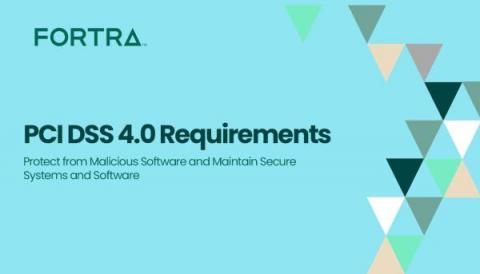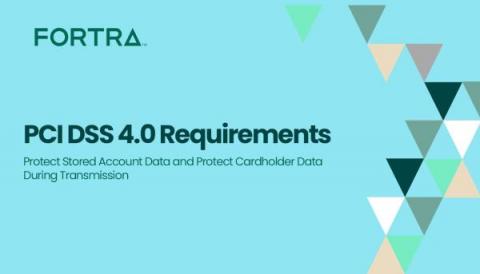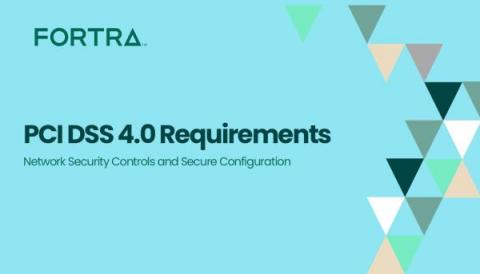PCI DSS 4.0 Requirements - Restrict Physical Access and Log and Monitor All Access
Most data crimes are the result of online compromises. This makes sense, as the criminals don’t need to know any of the old, dirty, hands-on techniques such as lock-picking, dumpster diving, or any other evasive maneuvers to carry out a successful attack. However, this doesn’t mean that the old methods are completely defunct. Physical security is still an important facet of a complete security program.


